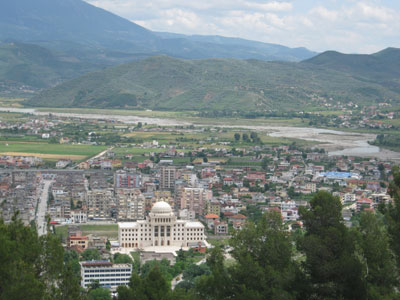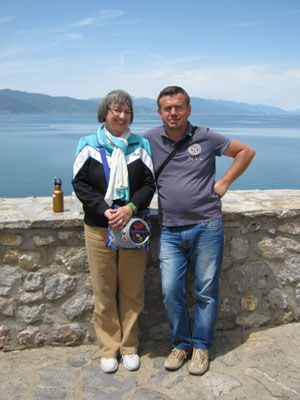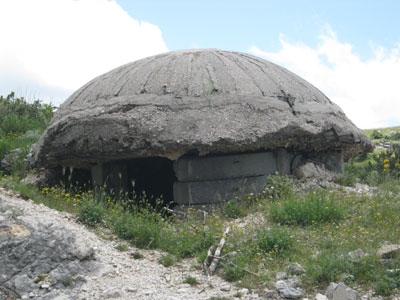Returning to the homeland: Albania
This item appears on page 52 of the October 2013 issue.
My father emigrated from Albania 100 years ago and, although my family kept no ties to the homeland, my wife, Anne, and I had been thinking about going there for years. After reading Carol Probst’s article “Albania — Enjoying Europe Without the Cost and Crowds” (Dec. ’12, pg. 36), we got in touch with the guide she recommended, Enea Kumi.
Enea, from Albania TravelNet (Galleria Trading Center, Barrikada str., Tirane 1001, Albania; phone +355 42247518), was easy to communicate with and offered us a variety of options. His tour price was considerably less than those of other companies.
At a land price of $2,070 for both of us, we chose an 8-day tour, May 24-31, 2013, with two of the days in Macedonia. Seven nights in a 3-star hotel and breakfasts were included, but any museum and site fees (minimal) were additional.
Major cities we visited included Tirana, Berat, Sarandë, Korçë, Durrës and, in Macedonia, Ohrid. Our favorites were Berat and Ohrid.
Albania wasn’t what we expected. It is quite modern and has some of the most beautiful scenery we’ve seen anywhere. The people were quite friendly. One can even drink the local tap water; we never opened bottled water the entire trip.
On the negative side, the roads outside of the major cities were chock-full of potholes, making driving a real challenge.
We saw many 2-man police patrols on the roads checking drivers for their registration, the condition of their vehicles, etc. We were never stopped, and we think it was because I was in the front passenger seat wearing my baseball cap and sunglasses, which said, loud and clear, “American tourist.”
Berat, in south-central Albania, has a wealth of beautiful buildings, pine forests surrounding the city, towering snow-covered mountains on both sides and a 3,000-foot-deep gorge cut by the Osumi River. The river divides the city into three parts: an Orthodox section, a Muslim section and the larger part of the city which is newer and mixed.
We’d read about the concrete bunkers that supposedly line the hillsides of Albania. Built for military purposes, it’s been claimed that during the 40-year rule of Enver Hoxha, more than 700,000 bunkers were built. We covered over 600 kilometers on our visit and did not see more than 100 bunkers. Enea said many have been destroyed and that Hoxha had used an inflated figure to impress potential invaders.
The bunkers that are left provide some character to the landscape and are an important historical landmark. We hope they are kept for future generations (and tourists).
We spent two days in Ohrid, Macedonia, beside Lake Ohrid, which lies between both countries. Notable for once having had 365 churches, the city is rich in picturesque houses and monuments.
Although we’d been exposed to icons before, we learned more than ever about them on an in-depth tour of St. Mary’s church in Ohrid, which has an art gallery displaying 43 of the most beautiful, expensive and unique icons in the country.
Something else notable in Ohrid were small galleries (workshops) displaying art crafts. We visited facilities where folks made copper products, woodcarvings and paper.
Our tour ended in Durrës, Albania. We hadn’t had to use umbrellas the whole trip, but after visiting the amphitheater, we strolled the city on our own and got caught in a heavy downpour.
We found a place to stand under cover and eventually realized it was a café, so inside we went and ordered a coke and tea. Before we were ready to leave, a young man came by and paid for our drinks. We tried to pay, but he would have none of it. What hospitality!
JACK DINI
Livermore, CA



